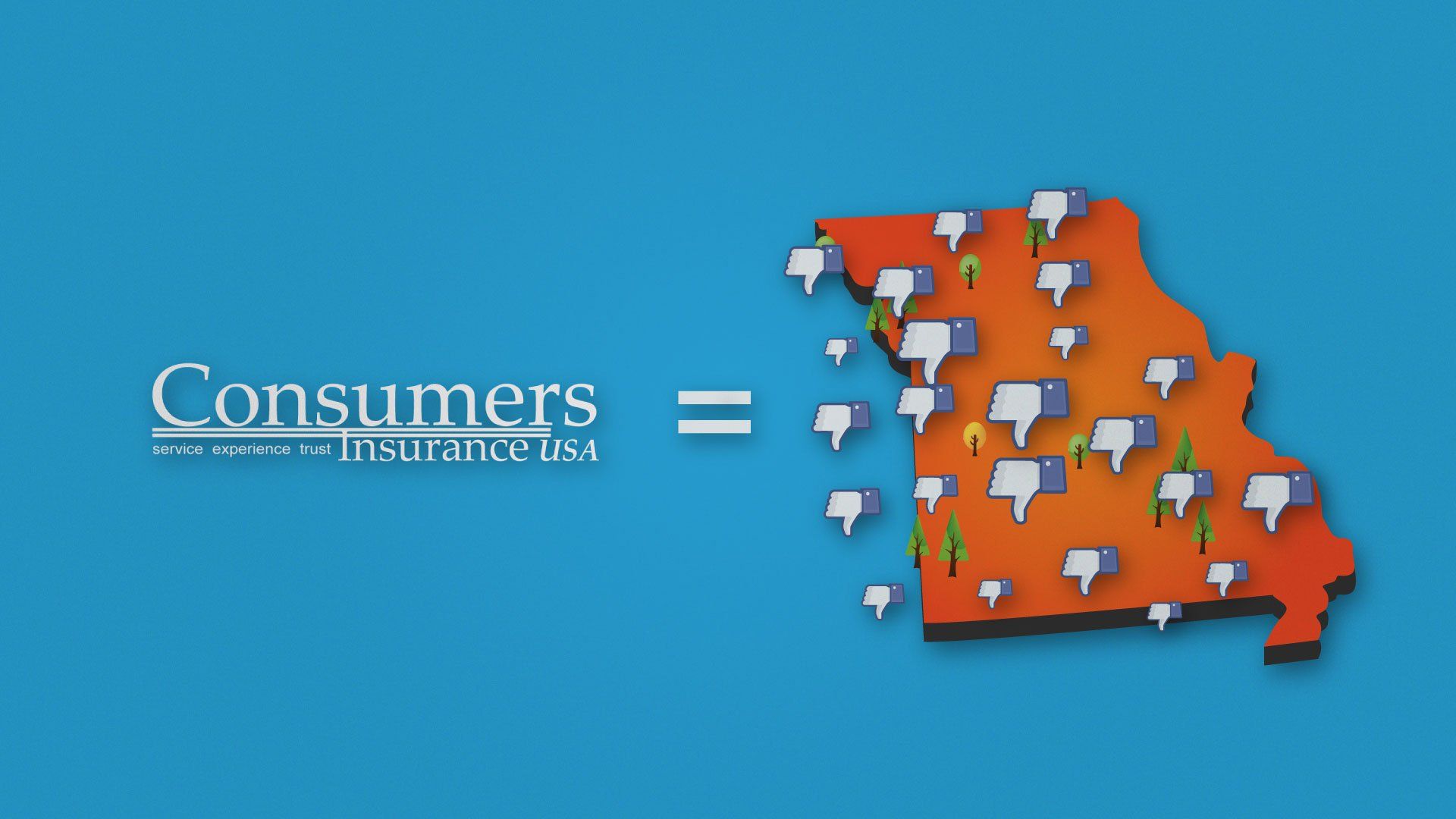Companies We Represent
Companies We Represent
Business Insurance Companies
-
A.M. Best Rating:
ButtonA+
-
A.M. Best Rating:
ButtonA+
-
A.M. Best Rating:
ButtonA
-
A.M. Best Rating:
ButtonA++
-
A.M. Best Rating:
ButtonA++
-
A.M. Best Rating:
ButtonA
-
A.M. Best Rating:
ButtonA
-
A.M. Best Rating:
ButtonA+
-
A.M. Best Rating:
ButtonA+
-
A.M. Best Rating:
ButtonA
-
A.M. Best Rating:
ButtonA
-
A.M. Best Rating:
ButtonA
-
A.M. Best Rating:
ButtonA++
-
A.M. Best Rating:
ButtonA+
-
A.M. Best Rating:
ButtonA++
-
A.M. Best Rating:
ButtonA+
-
A.M. Best Rating:
ButtonA+
-
A.M. Best Rating:
ButtonA
-
A.M. Best Rating:
ButtonA-
-
A.M. Best Rating:
ButtonA
-
A.M. Best Rating:
ButtonA-
-
A.M. Best Rating:
ButtonA+
-
A.M. Best Rating:
ButtonA
-
A.M. Best Rating:
ButtonA+
Home & Auto Insurance Companies
-
A.M. Best Rating:
ButtonA
-
A.M. Best Rating:
ButtonA+
-
A.M. Best Rating:
ButtonA+
-
A.M. Best Rating:
ButtonA++
-
A.M. Best Rating:
ButtonA+
-
A.M. Best Rating:
ButtonA+
-
A.M. Best Rating:
ButtonA++
-
A.M. Best Rating:
ButtonA+
-
A.M. Best Rating:
ButtonA+
-
A.M. Best Rating:
ButtonA
-
A.M. Best Rating:
ButtonA
-
A.M. Best Rating:
ButtonA-
-
A.M. Best Rating:
ButtonA+
-
A.M. Best Rating:
ButtonA++
-
A.M. Best Rating:
ButtonA
-
A.M. Best Rating:
ButtonA
-
A.M. Best Rating:
ButtonA-
-
A.M. Best Rating:
ButtonA+
OTHER INSURANCE
Latest From Our Blog

By liftdivision
•
March 8, 2018
Worker’s compensation insurance is one of the most confusing topics for business owners. Who is supposed to have work comp coverage and who isn’t? If I just have one employee do I need to get it? To help shed some light on this confusing topic, we have compiled some of the most frequently asked questions and answers regarding worker’s comp requirements in Missouri.

By liftdivision
•
November 27, 2017
As auto insurance increasingly moves into the ranks of commoditization, Americans find themselves more or less satisfied with their automobile insurance. Still, the debate rages on over which factors—such as education, credit score or income level—can be used to calculate insurance rates. A combination of these factors, as well as the quantity of uninsured motorists and local regulations, means that some Americans also pay more than their neighbors for car insurance. A study from Bankrate’s Insurancequotes.com reveals the most expensive American cities in which to buy auto insurance, compared by an average $797 for annual coverage. 13. Dallas-Fort Worth —1% higher than national average 11. Boston (tie) —2% higher than national average 11. San Diego (tie) —2% higher than national average 10. Tampa —9% higher than national average 9. Houston (tie) —10% higher than national average 8. Philadelphia (tie) —10% higher than national average 7. San Francisco (tie) —10% higher than national average 6. Sacramento —16% higher than national average 5. Atlanta —17% higher than national average 4. Los Angeles —25% higher than national average 3. Miami —34% higher than national average 2. New York —36% higher than national average 1. Detroit —165% higher than national average Already troubled Detroit skyrockets ahead of other major metropolitan areas in part because the state of Michigan requires drivers to carry “no fault” coverage, which means the policyholder is afforded coverage no matter who is at fault. Detroit also has a large population of uninsured motorists, who drive up costs for everyone, Insurancequotes.com said. Other factors affecting these ratings include the amount of traffic on the road, which is why analysts considered the 25 largest metro areas in the US when assigning rankings. Content provided by Insurance Business America
© Copyright Edge Insurance | All Rights Reserved | Website Design by Lift Division
Edge Insurance is an independent insurance agency headquartered in Columbia, MO and licensed to do business in all 50 states.































